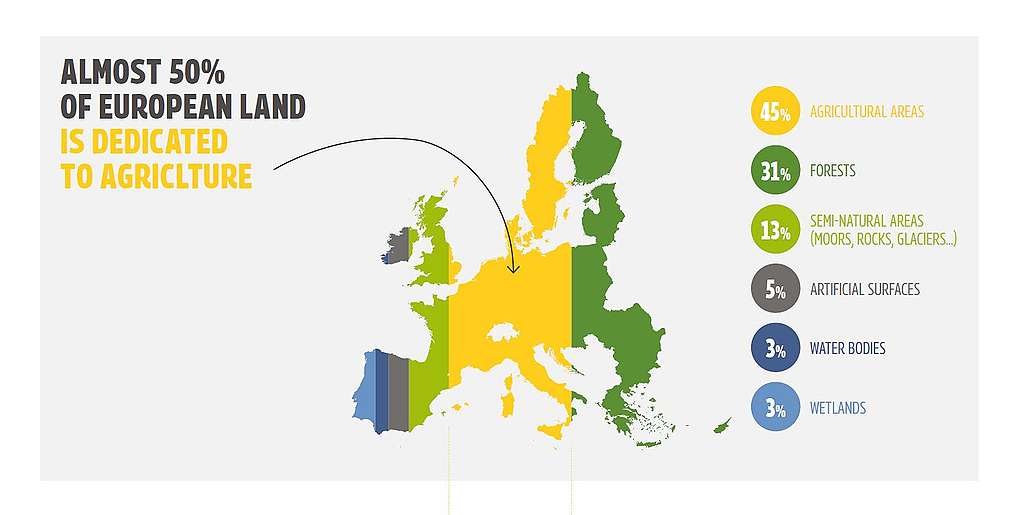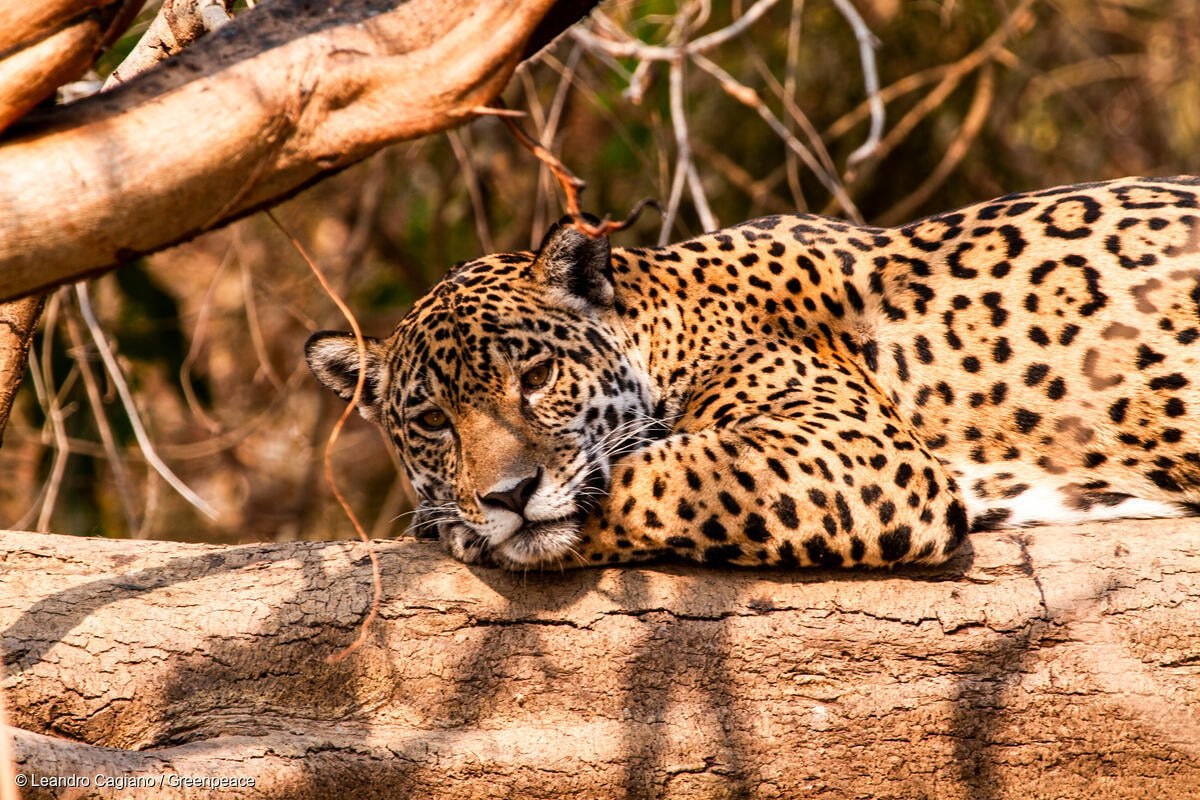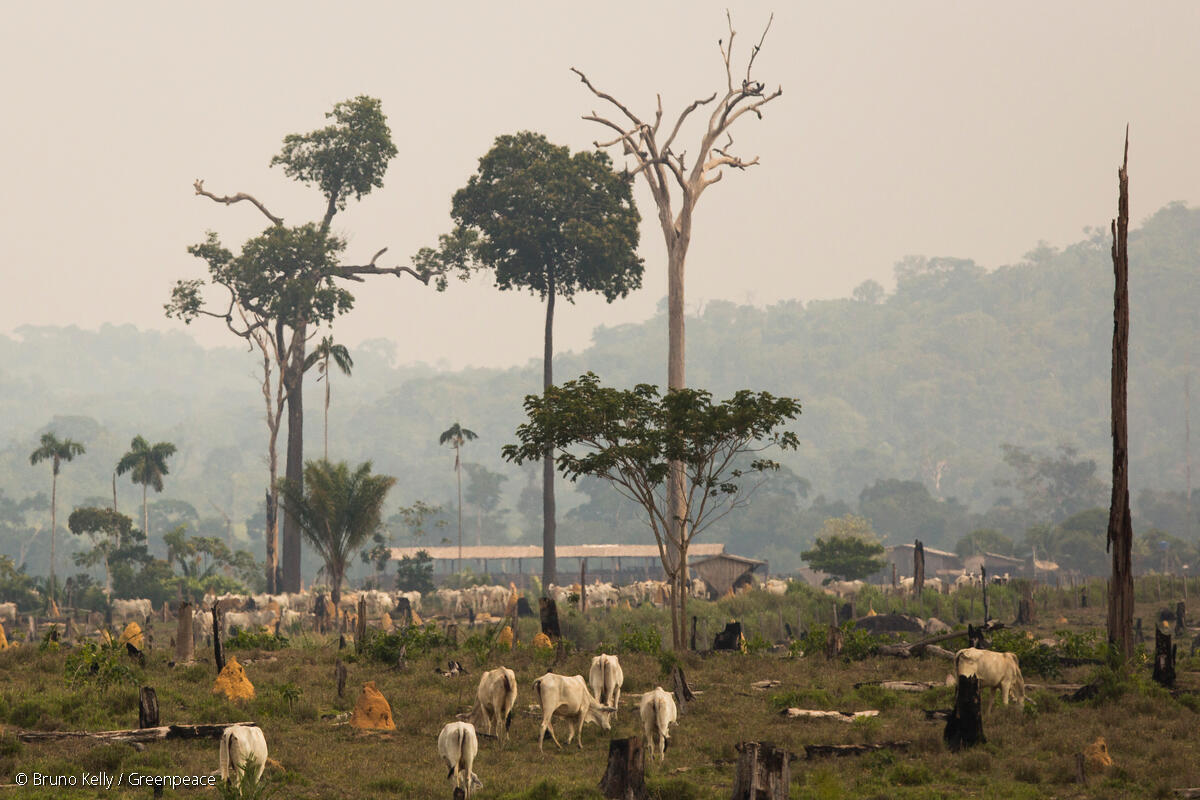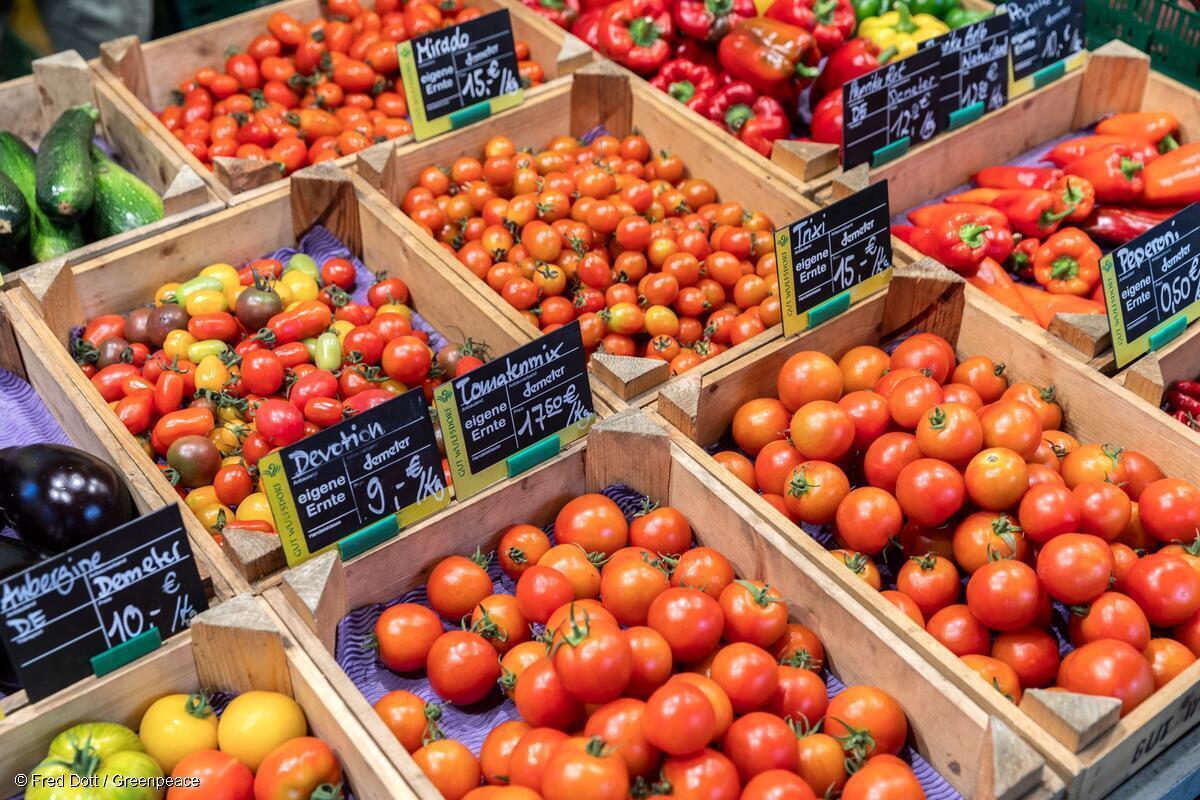Time to make way for protein self-sufficiency

See all the infographics here.
If there is one area in which our agriculture and our food supply are especially dependent on imports, it’s the sector of vegetable proteins used in the production of animal fodder.
After China, the European Union is the world’s second largest soya importer,
with around 33 million tonnes of soya products imported per year. This is driven by the EU’s industrial livestock sector: approximately 87% of the soya used in the EU is for animal feed.These soya imports have dramatic consequences for biodiversity and for the climate. During the past 20 years, the global production of soya has more than doubled, driven by global demand for animal feed destined for industrial livestock farming which produces a significant share of the meat, eggs and dairy produce that we consume.
This “soya boom” is not without consequences on certain ecosystems which shelter a particularly rich biodiversity, such as the Amazon rainforest, the Cerrado or the Gran Chaco, in South America. It also contributes to the acceleration of climate deregulation as well as to multiple crises on a worldwide scale. However, the negative social and environmental impacts of soya production go even further.In Brazil and Argentina over 95% of soya is genetically modified (GM), which goes hand-in-hand with intensive use of herbicides and other hazardous chemical inputs.This report shows that areas of land utilised outside the EU to grow soya that is imported for animal fodder represent 11.9 million hectares (i.e. the surface area of the Benelux countries and Denmark together) which is over 15 times more than the land currently used to grow soya for animal feed within Europe (760,000 hectares). This is all in addition to the fact that 71% of European agricultural land (arable land and grasslands, i.e. around 127 million hectares) is already used to feed livestock.
The Greenpeace conclusions set out in detail in this memo are clear: total protein self-sufficiency for our agriculture requires a radical transformation of our livestock farming system and a reduction in the production and consumption of meat. There can be no total protein self-sufficiency in Europe without a significant decrease in the production of meat, eggs and dairy products.



